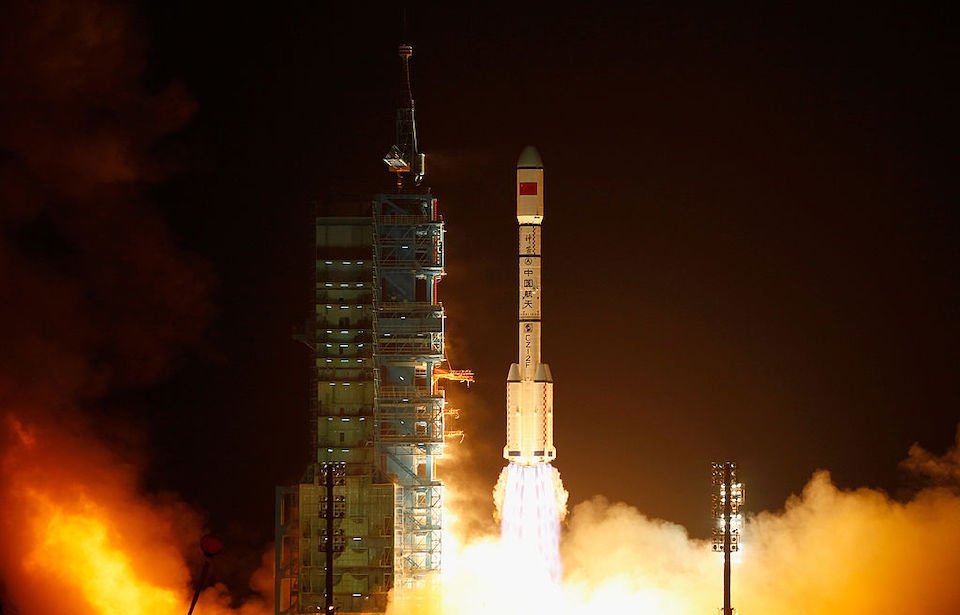According to a report by the Financial Times, China has tested a nuclear-capable hypersonic missile. Those close to the situation share the test shows the country’s weaponry is much more advanced than officials in the United States initially thought.

The hypersonic missile was launched by the Chinese in August 2021. According to five unnamed sources, it circled the earth in low-orbit before moving toward its target, which it missed by an estimated 24 miles.
While China typically announced the launch of Long March rockets – one of which was used to launch the missile into orbit – it was overly conspicuous about this event. While the China Academy of Launch Vehicle Technology tweeted about its 77th and 79th launches this past summer, it failed to mention the 78th. This lead to speculation about the secret launch.
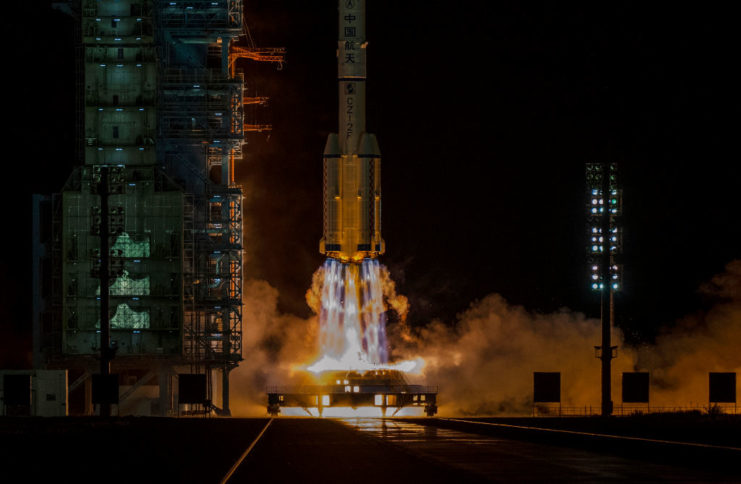
Hypersonic weapons are low-altitude-flying missiles that travel at more than five times the speed of sound. The type used by China during the test is known as a glide vehicle and was launched into space on a rocket, after which it orbited earth under its own momentum. Unlike other ballistic missiles, glide vehicles are maneuverable and don’t follow a set trajectory, making them harder to track.
Several countries are currently developing hypersonic technology, including Russia and the US. According to an Asian national security official and a Chinese security expert, China’s weapons are being developed by the China Academy of Aerospace Aerodynamics. It’s a research institute with the China Aerospace Science and Technology Corporation, the main state-owned firm that produces missile systems and rockets for the space program.
It’s believed the country is developing hypersonic weapons to defend against US advances, according to Al Jazeera, which cited a recent report by the United States Congressional Research Service. Two individuals familiar with the test said such a weapon could, hypothetically, fly over the south pole, bypassing US missile defense systems focused on the northern polar route.
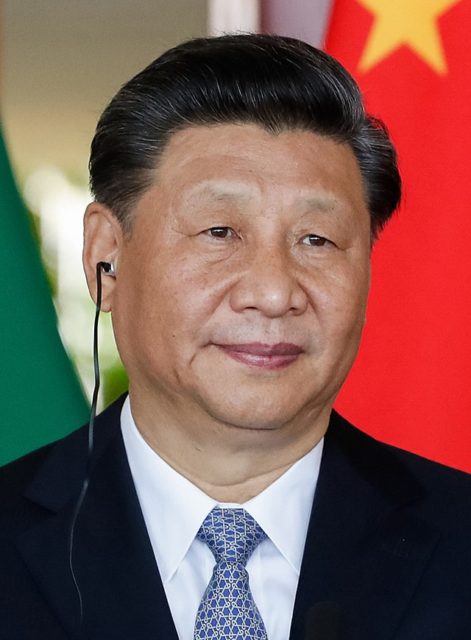
Concern is mounting over China’s nuclear capabilities. General Glen VanHerck, head of the North American Aerospace Defense Command (NORAD), told the Financial Times that China’s hypersonic capability would “provide significant challenges to my Norad capability to provide threat warning and attack assessment.”
This sentiment is shared by Taylor Fravel, a professor at the Massachusetts Institute of Technology and an expert on Chinese nuclear weapons policy, who said a hypersonic glide vehicle armed with a nuclear warhead could allow China to “negate” US missile defense systems, which are designed to destroy incoming missiles.
“Hypersonic glide vehicles… fly at lower trajectories and can manoeuvre in flight, which makes them hard to track and destroy,” he added.

US Military officials issued warnings regarding China’s nuclear capabilities after satellite imagery showed more than 200 intercontinental missile silos were currently under construction in the country. As well, China has been unwilling to engage in talks about its nuclear policy and arsenal, and is not currently bound by any arms-control deals.
While the Chinese Embassy declined to comment on the August launch, spokesperson Liu Pengyu told the Financial Times:
“We don’t have a global strategy and plans for military operations like the U.S. does. And we are not at all interested in having an arms race with other countries. In contrast, the U.S. has in recent years been fabricating excuses like ‘the China threat’ to justify its arms expansion and development of hypersonic weapons. This has directly intensified arms race in this category and severely undermined global strategic stability.”
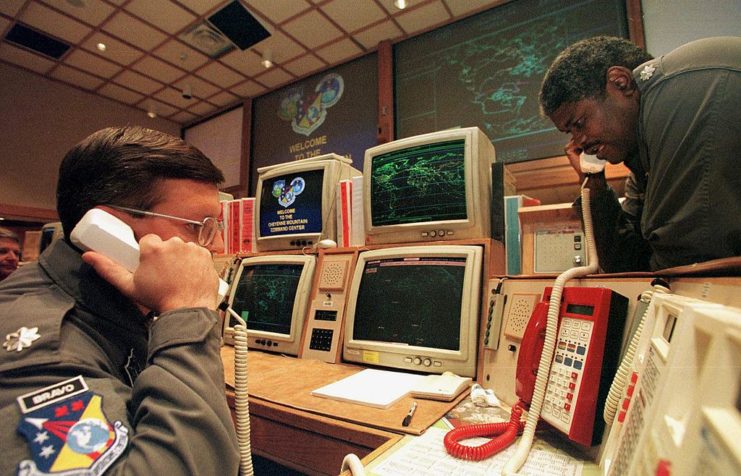
Following the test, China appears to have referenced Article IV of the Outer Space Treaty (OST) in justifying the launch:
“As we understand, this test is a routine space vehicle test to verify the technology of repeated use of a space vehicle. It can provide convenience and affordability for journeys to and from space as part of the peaceful use of space for humanity. There are many companies all over the world that have conducted similar tests.”
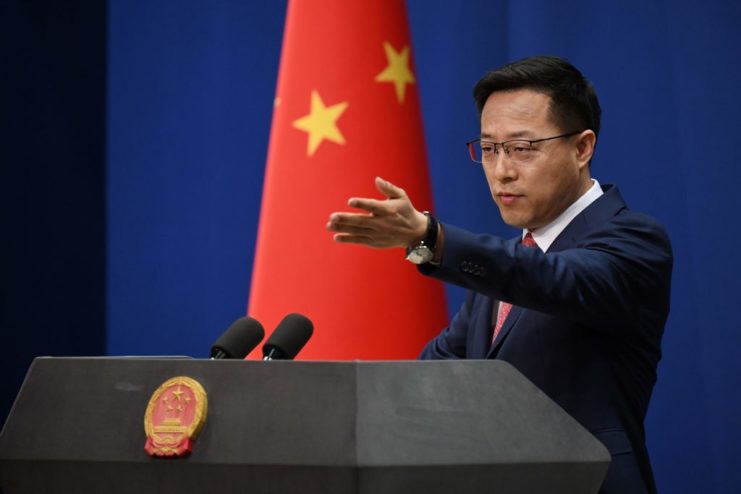
US President Joe Biden has yet to comment on the test.
